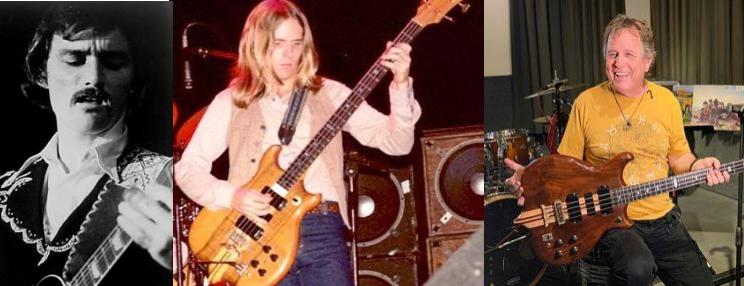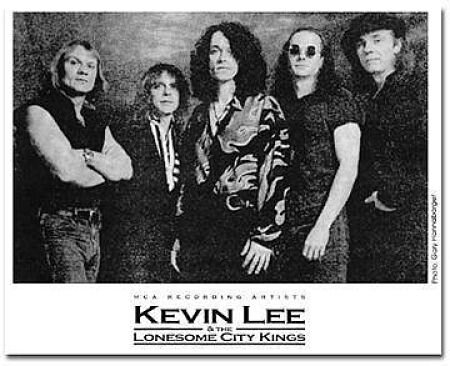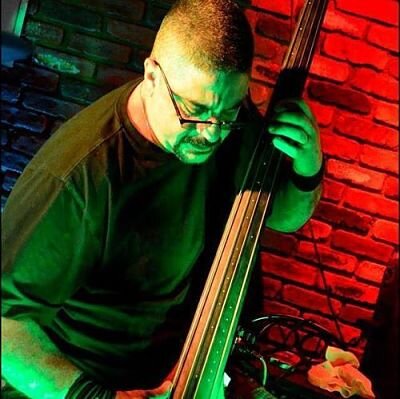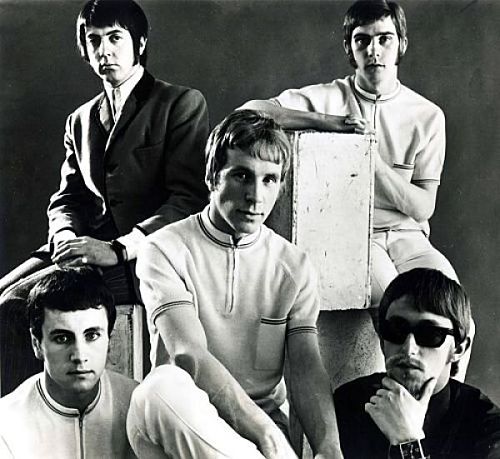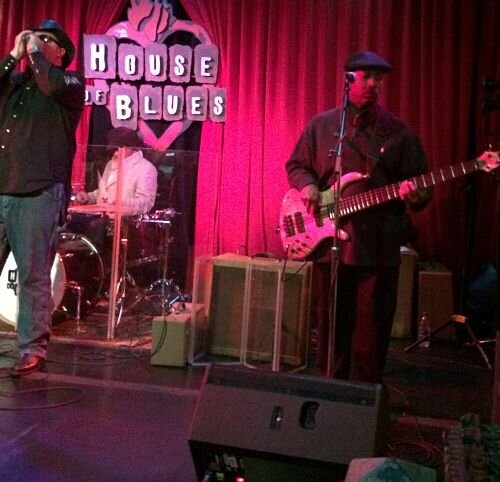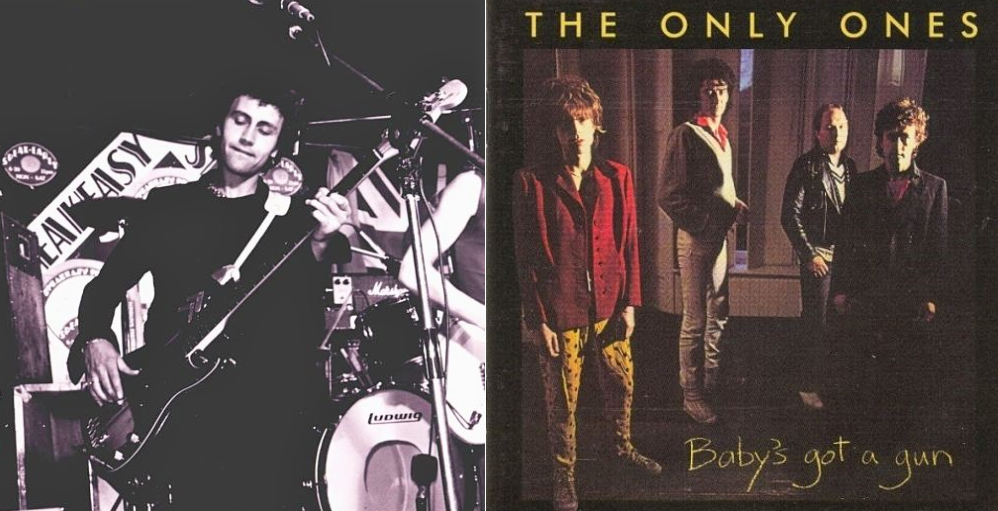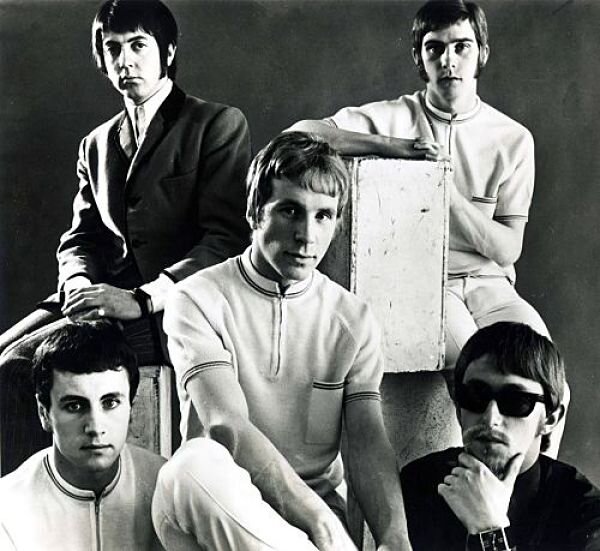In this first edition of KYBP Tool Talk, KYBP Adjunct Professor, Bergen County New Jersey Bureau Chief Tony Senatore discusses the Gibson EB2-D with Steve Swallow.
Earlier in the week (March 2020), I posted some live Gary Burton videos ranging from 1968 to 1972. This garnered a lot of attention from my Know Your Bass Player cohorts Joe Gagliardo and Charles Lambiase. The videos featured Steve Swallow, one of the very first jazz bassists to play electric bass in an era when there was much hostility towards it, on electric and acoustic bass guitars. In the videos from 1968, Steve was playing the electric bass with his fingers, and by the 70’s had transitioned to playing with a pick, which helped him to forge his signature sound.
Gary Burton Molde 1974 https://youtu.be/i_TIVHp0epM
Gary Burton in Copenhagen 1968 https://youtu.be/CL6CcAbDSBQ
Charles, Joe and I marveled at Steve’s style and tone, and the three of us started guessing as to the what went into it, from the pickup configuration he used, to his strings and amplification. His choice of the Gibson EB2-D was key. Joe just added a dual pickup EB2-D that was stolen from him when he first started out, and Charles and I both own the single pickup EB2.
Charles noted that the silk winding on Steve’s bass strings was light blue, thus, we were able to deduce that they were Rotosound Jazz Bass flatwound strings. Rather than guess, I decided to send Steve a message to see if he could remember some of the things we were hoping to find out.
As it turns out, he was able to remember more than I imagined he would:
Tony,
I wish I could tell you more about my use of the EB2, but the truth is I’ve forgotten a lot. At the time I was playing that instrument I knew next to nothing about electric bass, and I cringe a little when I hear my playing from that time. But I must say Roy Haynes sounds incredible in the video you linked me to.
I have no idea what pickup, or combination of pickups, I was using. The instrument was completely un-modified. It was the first electric instrument I ever picked up, at the precursor to the NAMM show, in Chicago in 1969. The strings were, I’m pretty sure, flat wound – they were whatever came with the instrument, and I subsequently ordered replacements from Gibson and just assumed that they were best for the instrument. Initially, I played through a Gibson amp as well, but I soon figured out that it was terrible, and got an Ampeg B15, the classic flip-top. I think that’s what drove me to play with a pick: the Gibson bass had a fat, dark sound and so did the Ampeg, and I was searching for brightness.
At some point – I’m not sure of the year but it was after I’d played with Eberhard Weber – I bought another EB2, this one in sunburst finish, and gave it to Peter Coura, the luthier who made Eberhard’s classic hybrid instrument, who put his pickups and electronics into it. I’ve still got my original red EB2, but I sold the second one for a song a few years ago. Big mistake.
The switch to pick was difficult. I simply couldn’t hold onto the damn thing, would get about halfway through a song and watch it fly from my hand across the bandstand. I took to lining up half a dozen picks on top of the amplifier and grabbing them one by one, until I finally developed that muscle between the thumb and index finger.
Sorry I can’t be more helpful. Write if any questions come up. Wash your hands.
Best, Steve
